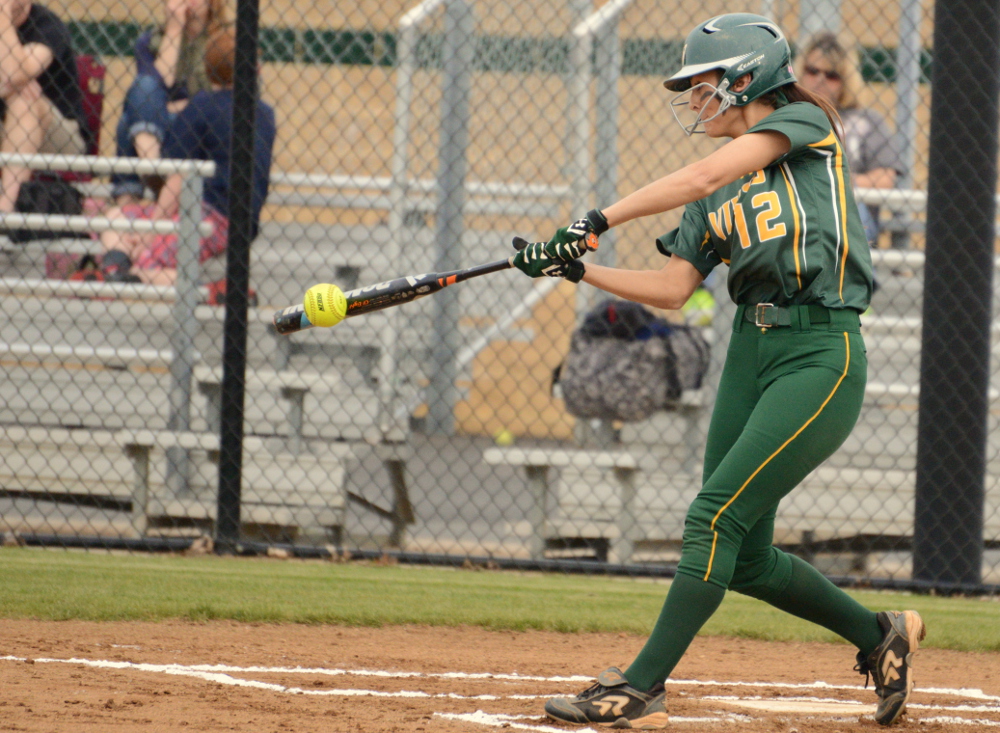
By Cierra Washington, ATC
Wellness Blog Contributor
[twitter-follow screen_name=’@toCME4PT’]
(March 15, 2017) — If you’re participating in a spring sport, what should you be doing early in the season to get ready to compete? Hopefully, you have been training in the off season or at least have been staying relatively active to maintain your level of fitness. But if you had more of a couch-potato lifestyle for the past few months, it’s time to get up!
According to the National Children’s Hospital, 50-percent of injuries could have been avoided if the athletes had been properly conditioned before competing in their respective sports.
Whenever you decide to start a training program, it’s essential to look at a few things beforehand:
- Time table: when are you starting?
- Baseline of fitness
- Movement skills
- General conditioning principles
- Sports-specific goals
- The athlete’s physical capacity
The four ‘seasons’ of sports
- Post Season: The initial one to three months after the regular season when the athlete has the opportunity to rest and recuperate both mentally and physically. It also gives the athlete an escape to avoid burnout.
- Off Season: This period lasts about four to six months after the post season and focuses primarily on strength, flexibility and endurance to decrease the risk of injury. Intense conditioning should be performed three to five times a week.
- Pre Season: Roughly one to two months before the regular season, workouts begin to shift from strength training to sports-specific conditioning, agility drills and movement skills to ensure the athlete will perform optimally at the start of the season.
- Regular Season: This involves training four to six days a week to help maintain aerobic and anaerobic conditioning to improve fitness level. During this time, weightlifting should be done twice a week.
General Principles of Conditioning
- Warm Up/Cool Down: Increase blood flow to warm the muscles
- Motivation: Keep the athletes interested; GET CREATIVE!
- Overload: Work harder than normal to put good stress on the body, which will help the body adapt and improve
- Consistency: Conditioning regularly is effective
- Progression: Gradually increase the intensity (reps/weights) to increase the athlete’s physical ability
- Intensity: Work harder for short periods of time
- Specificity: Perform drills specific to the athlete’s sport
- Individuality: Design a program specific to the individual athlete
- Minimize stress: Push the athlete but allow adequate rest
- Safety: Use safe techniques and proper equipment
Before an athlete starts training in sports-specific movements, it’s important that they are trained for general strength, flexibility and endurance. Altogether, these indicate their baseline level of fitness.
- General strength is the quality or state of being able to exert force through your body to produce.
- Flexibility refers to a muscle’s ability to lengthen to allow for more range of motion.
- Endurance can be categorized into two categories, aerobic and anaerobic.
- Aerobic endurance maintains the body’s oxygen flow continuously, therefore allowing the athlete to participate in their sport for longer periods of time without fatigue.
- Anaerobic endurance is muscle endurance. It’s the muscle’s ability to perform an exercise repeatedly but for quick bursts of time.
Once all three of those skills have been trained efficiently, the athlete’s body is now able to handle the fitness demands of their particular sport. Movement skills are necessary to help an athlete excel in their sport. Power, stability, reaction speed, first steps, agility and speed are all trainable movement skills that can push the athlete above and beyond mediocre performances. For instance, a softball pitcher does not simply become an expert at her pitching technique if she improves her strength training. Instead, she must repeatedly throw different pitches to perfect her release and ball movement.
Lastly, when we create a training program, we always look at the individual athlete’s physical capacity as well as the sport for which they are training. We would not work with a long distance runner on heavy weight squats like we would a sprinter simply because they do not require the same forces from the body. By tailoring each training program, we are helping develop each athlete’s ability to perform at the optimal level of competition.
Note from our sponsor: It takes more than a few weeks to develop the necessary skills and baseline conditioning to perform well when the sports season begins. Starting a training program months in advance allows the athlete to develop the necessary level of conditioning and athleticism to fully benefit from a coach’s preseason skill development practices. So gear up and get going! Not sure where to start? Call Loudoun Sports Therapy Center at 703-450-4300 and speak with one of our clinicians so you can be prepared and prevent injury.









No Comments
Excellent article. As a coach for XC & Track, we see injuries every season that could easily have been avoided with proper preseason conditiong and general fitness!
Thanks Amy! I agree that it is so important for athletes to maintain proper physical conditioning throughout the year, but especially leading up to and during their competition season. Do you have any other tips for athletes regarding preseason fitness preparation?